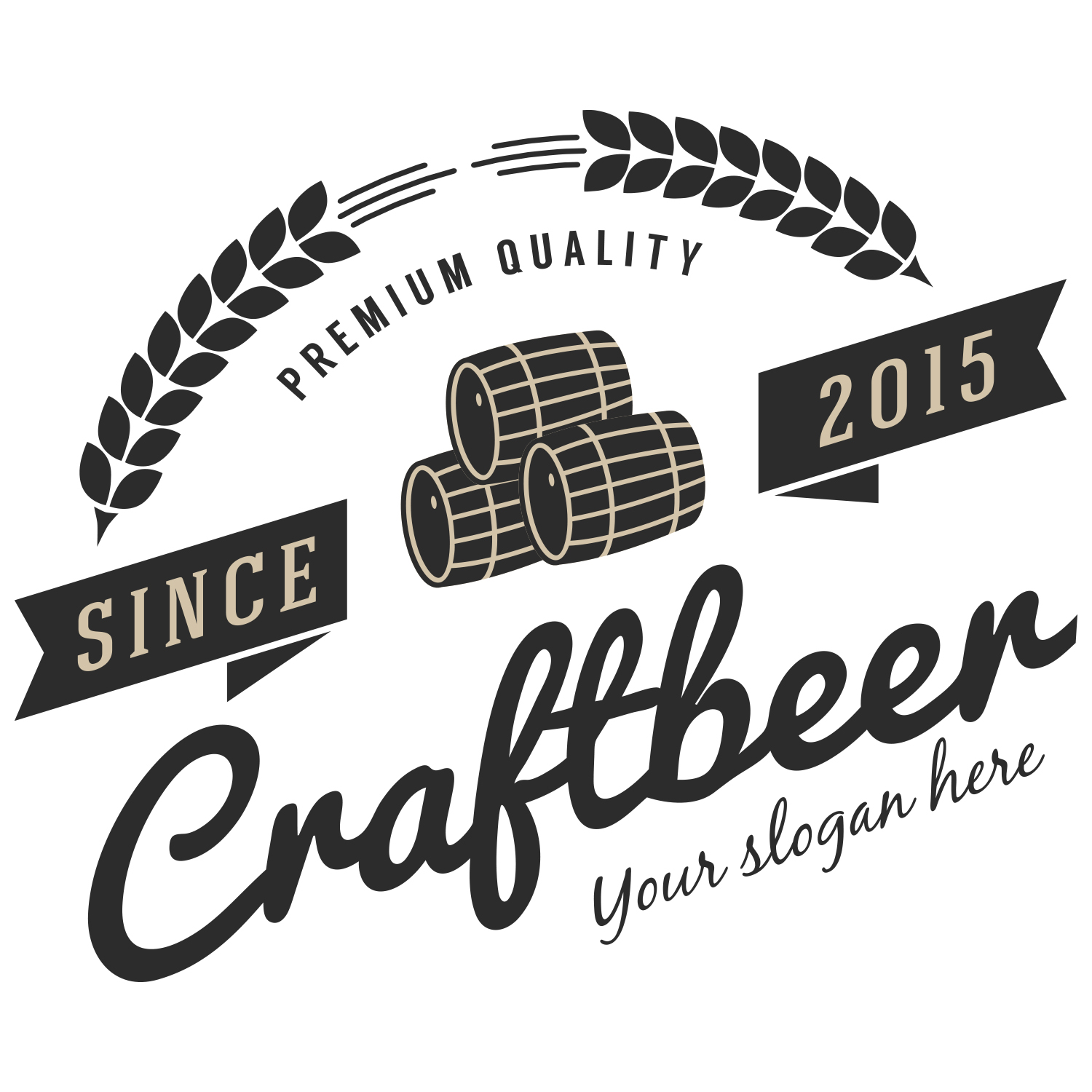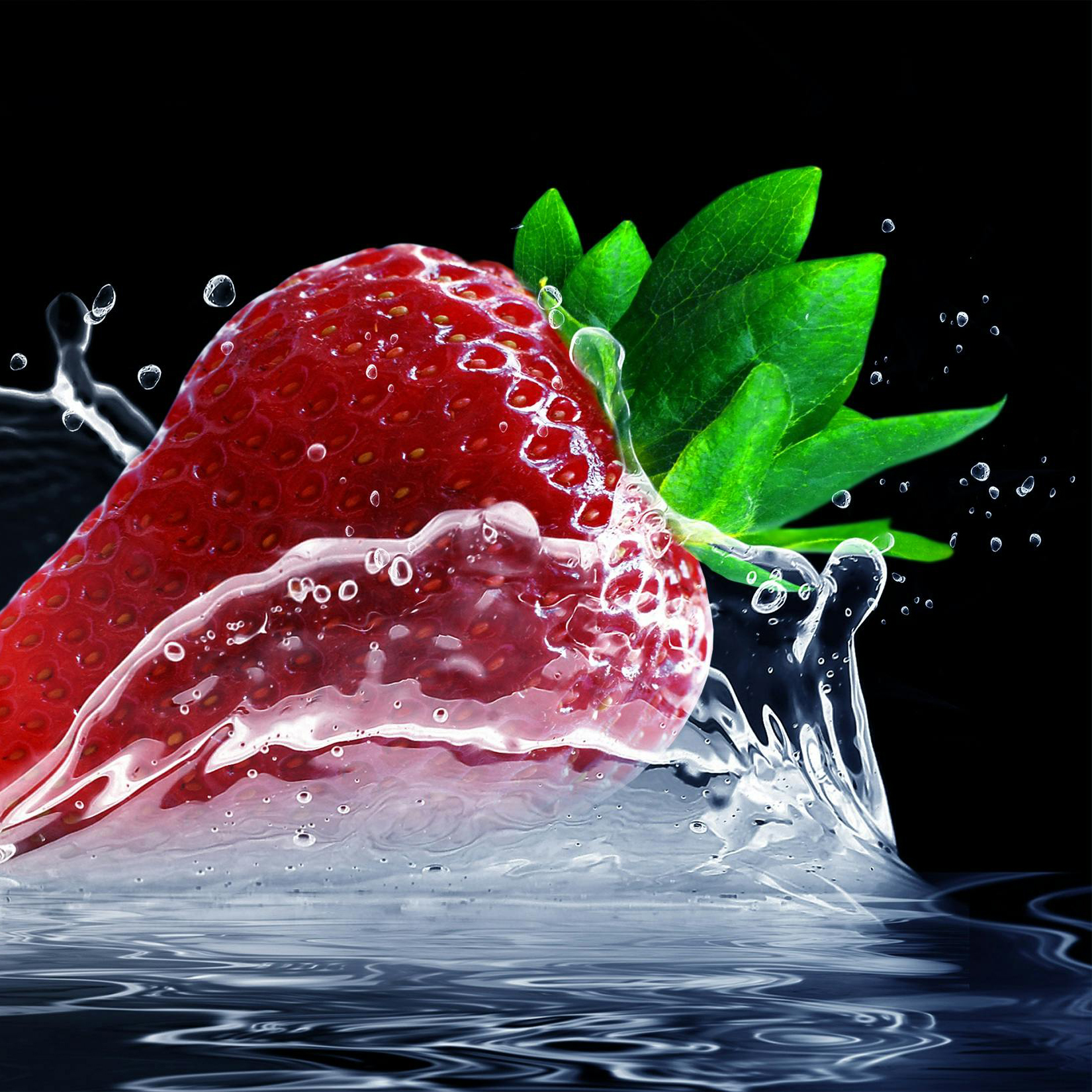Submission Guidelines
To ensure swift processing of artwork for our custom products while minimizing costs, please adhere to the following guidelines:
Additional Tips
Raster VS Vector Images


Raster images and vector images are two common types of digital graphics, and understanding their differences is crucial for ensuring the best quality artwork on your promotional items.
Raster Images
Think of raster images as digital photographs. They are made up of a grid of pixels, where each pixel contains color information. Common raster file formats include JPEG, PNG, and GIF. Raster images excel at capturing complex details and realistic scenes, making them ideal for photographs and images with intricate textures or gradients. However, raster images have a fixed resolution, meaning that if you enlarge them too much, they can become pixelated or blurry.
Vector Images
On the other hand, vector images are created using mathematical formulas to define shapes and lines. Instead of pixels, they use points, lines, and curves to represent graphic elements. Vector file formats include EPS, AI, PDF, and SVG. The key advantage of vector images is that they are infinitely scalable without losing quality. You can enlarge or shrink a vector image as much as you want, and it will remain crisp and sharp. This scalability makes vector graphics perfect for logos, illustrations, and text-based artwork.
Why It Matters
When preparing artwork for your promotional items, it’s essential to use the correct file format. It’s safe to say that 99% of the time, vector graphics will be required for a project due to the size and/or imprint process as they are best for logos, text, and simple graphics that require scalability. Raster images may be suitable for some projects with photographs or complex textures, if they are submitted at the proper size and resolution. By providing the appropriate file format, you ensure that your artwork looks its best on your promotional items, delivering a professional and polished impression to your audience.
Resolution


When it comes to digital graphics, resolution plays a crucial role in determining the quality of your final printed materials. Resolution refers to the level of detail or clarity in an image and is typically measured in dots per inch (DPI). Note that this only applies to raster graphics (JPEG, PNG, GIF, etc).
What is DPI?
DPI represents the number of dots or pixels per inch in an image. The higher the DPI, the more detailed and sharper the image will appear when printed.
Why 300 DPI?
For promotional items, such as banners, signage, or printed materials, it’s essential to have artwork with a minimum resolution of 300 DPI at 100% scale. This level of resolution ensures that your designs will appear crisp, clear, and professional when printed.
Why It Matters
Artwork with a resolution lower than 300 DPI may appear pixelated or blurry when printed, especially when viewed up close or at a larger scale. By providing artwork with a resolution of 300 DPI or higher, you ensure that your promotional items maintain their quality and make a positive impression on your audience.
Tips for Submitting Artwork
When preparing your artwork for submission, always check the resolution to ensure it meets the minimum requirement of 300 DPI at 100% scale. If your artwork does not meet this standard, resizing or enlarging it will not improve its quality. Instead, consider recreating the artwork in vector format for optimal scalability and clarity.





